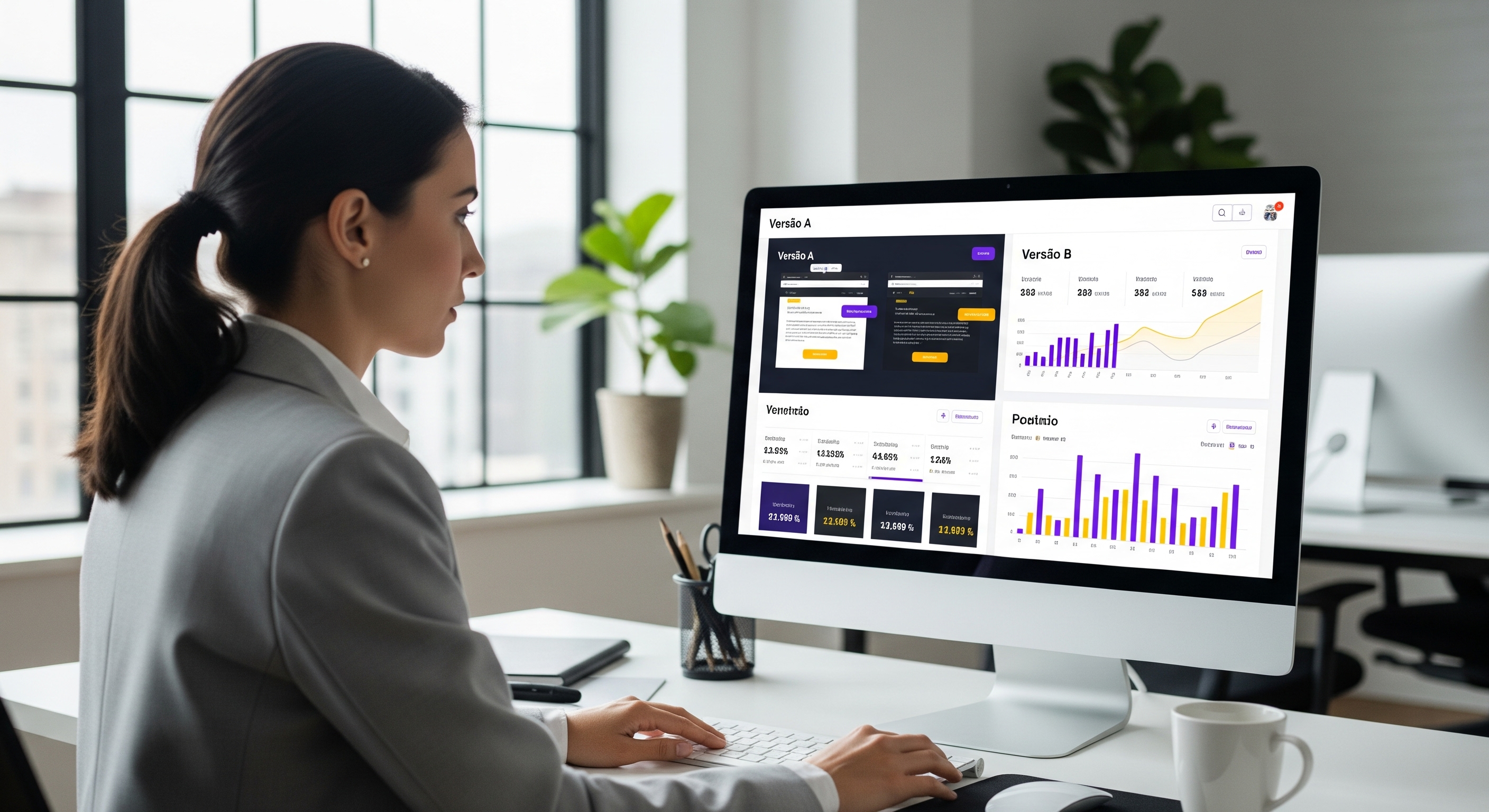Omnichannel with A/B Testing: More Impact, Less Guesswork
The era of multiple channels demands more than just digital presence: it requires coherence, personalization, and performance. This is where many CMOs face the challenge of complexity. How to ensure a smooth and efficient customer experience at all touchpoints?
The answer lies in combining an omnichannel strategy with structured A/B tests — and turning assumptions into evidence-based decisions.
Why does an omnichannel experience need A/B testing?
In omnichannel digital environments, consumer behavior varies according to context: device, channel, time, history, intention.
A/B testing allows you to validate hypotheses about:
- Layouts, CTAs and journeys on different channels
- Content personalized by segment or stage
- Combinations of offers, messages and formats
- Conversion barriers at specific touchpoints
Without testing, marketing operates in the dark. With continuous testing, the strategy evolves with data — not with guesses.
Where to apply A/B testing in an omnichannel strategy?
Landing pages accessed by different devices
Test mobile and desktop versions with design and copy variations.
Email flows integrated with channels like WhatsApp or SMS
Test sending orders, messages or send times.
Website experience adapted to browsing history
Test different recommendations or content blocks.
Conversion paths between paid media and CRM
Test landing pages and arguments for each audience.
In all cases, analyzing real-time behavior allows for quick route adjustments and amplifying what works.
How to structure a testing culture in marketing?
Having the tools is just the beginning. For A/B testing to generate results, a method is needed:
Clear and measurable hypothesis
What do you want to validate? What metric will be used?
Statistically relevant sample
Tests with low traffic or volume can generate false positives.
Minimum duration time
Avoids hasty decisions due to momentary fluctuations.
Documentation and reuse of learning
The knowledge generated must feed future campaigns.

The role of technology in scaling tests
Platforms like LumisXP offer A/B testing resources integrated with content management and behavior-based personalization. This enables:
- testing variations directly in the CMS, without relying on IT
- applying display rules based on channels, audiences, or origin data
- monitoring results with real-time dashboards
- scaling winning experiences with a few clicks
When testing is part of the natural creation flow, marketing stops seeing experimentation as something punctual — and starts treating it as a routine.
In a scenario where customer experience needs to be personalized, integrated, and efficient, A/B testing gives the CMO what they most need: clarity to decide quickly and safely.
Adopting a culture of experimentation is more than optimizing clicks. It is about building a marketing operation focused on continuous learning and sustainable growth. Those who test, learn. Those who learn, scale.

